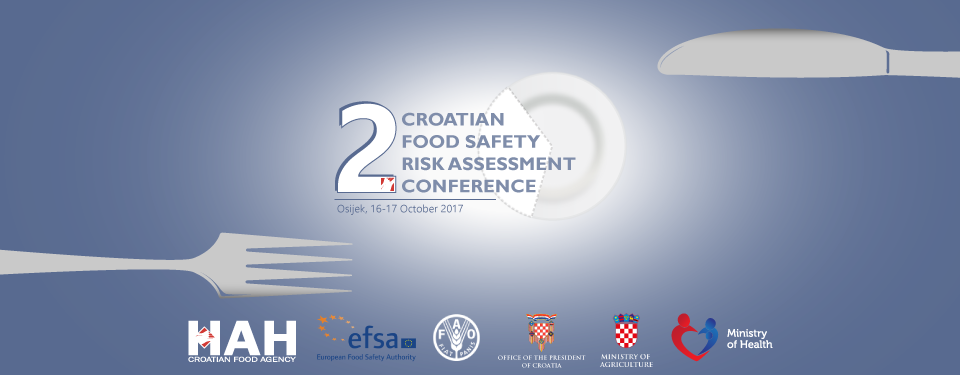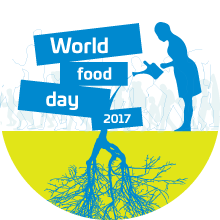Assoc.prof. Mirjana Turkalj, MD, PhD
Srebrnjak Children’s Hospital, Zagreb, Croatia
The prevalence of food allergy in recent years has been significantly increased, especially in the developed countries of the Western world, including Croatia. The reasons of increase in allergic diseases, including allergies to food-derived proteins, are equivocated and still insufficiently explored. Food allergies can manifest by acute or chronic allergic symptoms, with predominating symptoms on only one or more organic systems, with a milder clinical picture such as a rash or even with life-threatening anaphylaxis. Well acquired anamnesis (case history) is particularly important in diagnosis, and the gold standard is a placebo-controlled oral provocation test. Treatment is still dominantly oriented to elimination diet, more precisely on avoiding triggers and to appropriate symptomatic therapy in patients with symptoms of allergic reactions, which in the case of anaphylaxis implies the use of adrenaline. Conducting an elimination diet for most patients is very complicated, especially when they need to avoid basic foods, and when they are extremely sensitive to exposure of very small amounts (traces) of allergen from food that can cause dangerous reactions. Although current IgE-mediated and non-IgE-mediated food allergies can be clearly distinguished and/or confirmed at most of the patients with clinical indicators and standardized provocation tests, we are still lacking in sensitive and specific biomarkers and in vitro tests. In the treatment of food allergies, elimination diet is still a key, and new therapeutic options such as immunotherapy and biological therapy, are still searched for. Although great progress has been made over the past decade in diagnosing and monitoring food allergy patients, significant progress is expected in the coming decade especially in understanding basic immune pathomechanisms and the development of food tolerance. Also the implementation of new therapeutic options in clinical practice is expected, such as allergen-specific immunotherapy combined with anti-IgE antibodies, and new strategies of early exposure in the prevention of allergy to food proteins.







